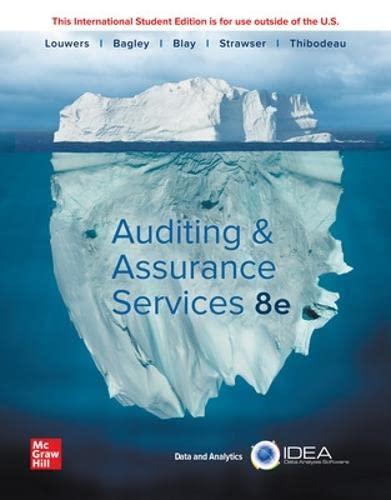The Uttle Theatre is a nonproft organizavon devoted to staging plays for children. The theater has a very smail full-time professional administrative staff. Through a special arrangement with the actors' union, actors and directors rehearse without pay and are pald only for actual performances. The Little Theatre had tentatively planned to put on six different productions with a total of 108 performances. For example, one of the productions was Peter Rabbit. Which had a six-week run with three performances on each weekend. The costs from the current year's planning budget appear below. Some of the costs vary with the number of productions, some with the number of performances, and some are fixed and depend on netther the number of productions nor the number of performances. The costs of scenery, costumes, props, and publicity vary with the number of productions. It doesn't make any difference how many umes Peter Rabbrt is performed, the cost of the scenery is the same. Likewise, the cost of publicizing a play with posters and radio commerclals is the same whether there are' 10, 20, or 30 performances of the play. On the other hand, the wages of the actors. directors, stagehands, vcket booth personnel, and ushers vary with the number of performances. The greater the number of performances, the higher the wage costs will be. Similarly, the costs of renting the hall and printing the programs will vary with the number of performances. Administrative expenses are more difficult to analyze. but the best estimate is that approximately 75% of the budgeted costs are fixed. 15% depend on the number of productions staged, and the remaining 10% depend on the number of performances. After the beginning of the year, the board of clrectors of the theater authorized expanding the theater's program to seven productions and a total of 168 performances. Not surprisinglysactual costs were considerably higher than the costs from the planning budget. (Grants from donors and ticket sales were also correspondingly higher, but are not shown here.) Data concerning the actual costs were as follows: mequers: effect of each varlance by selecting "F" for favorable, "U" for unfavorable, and "None" for no effect fle., zero varlance). Input ail amounts as positive values.)







